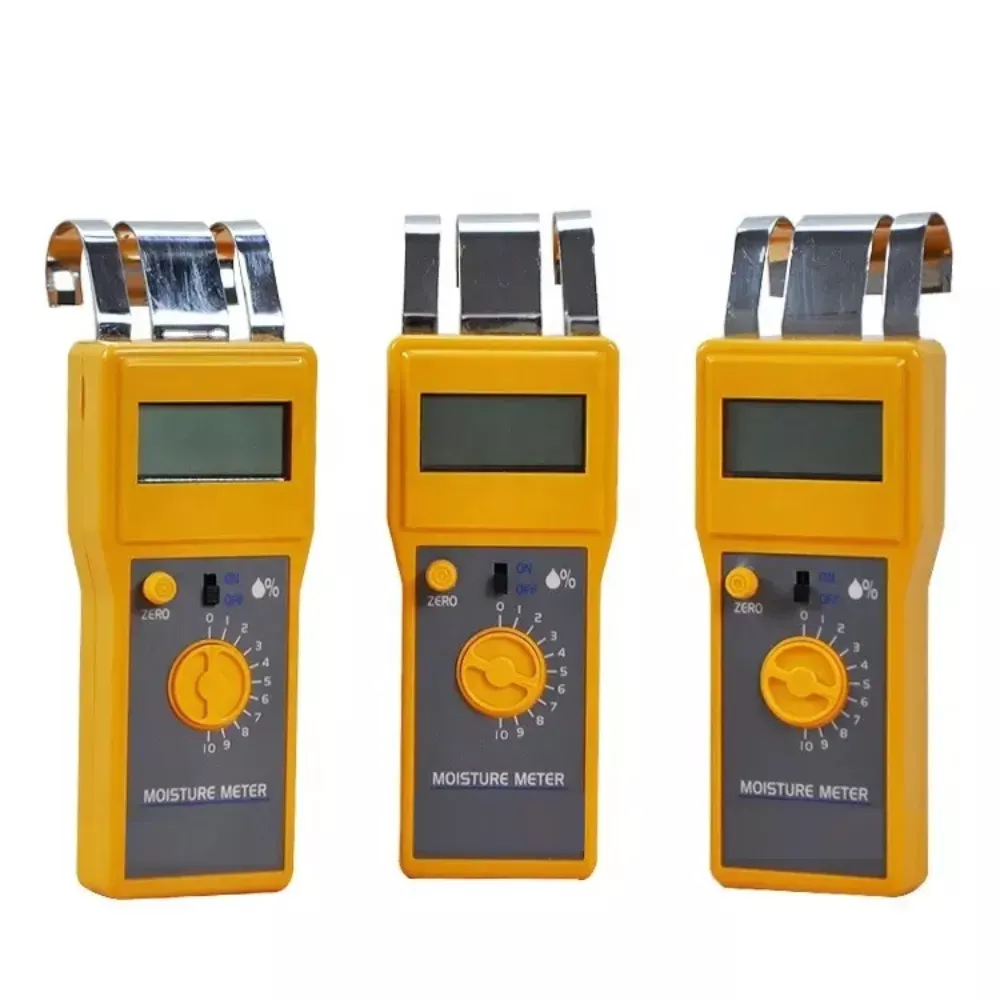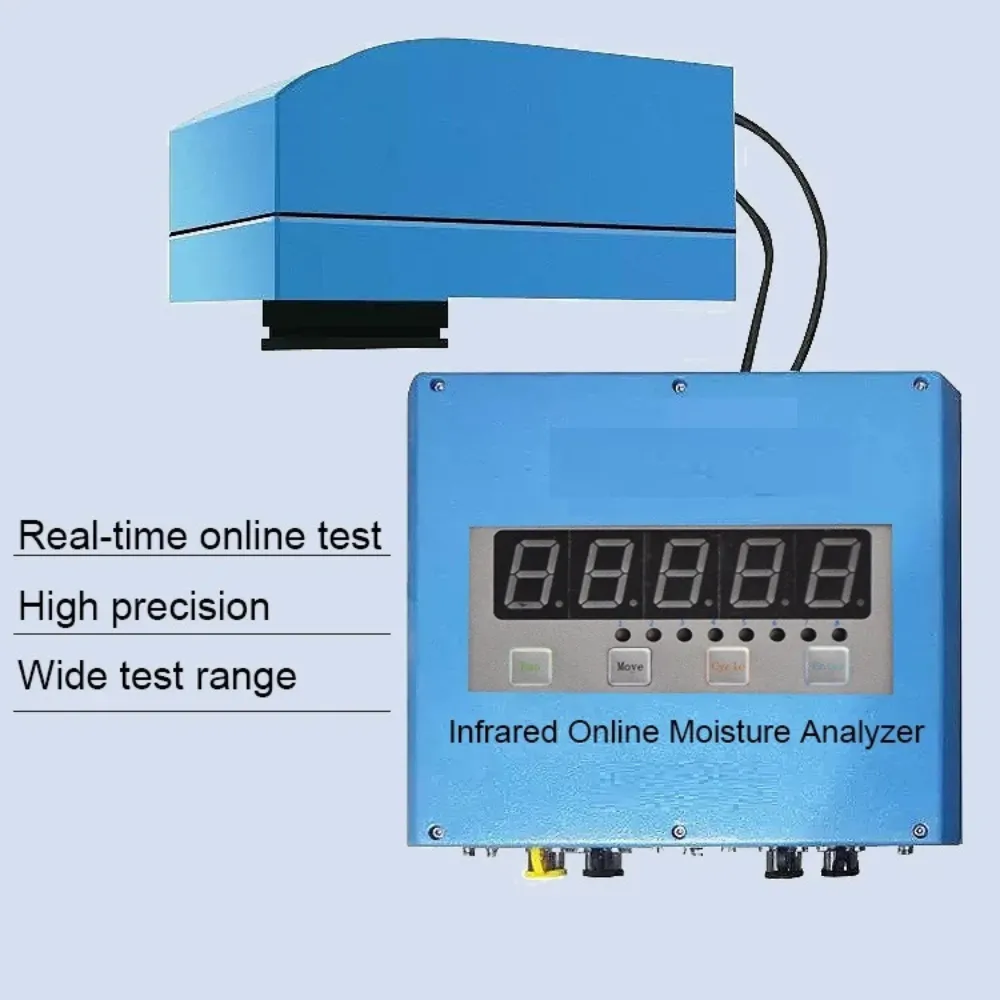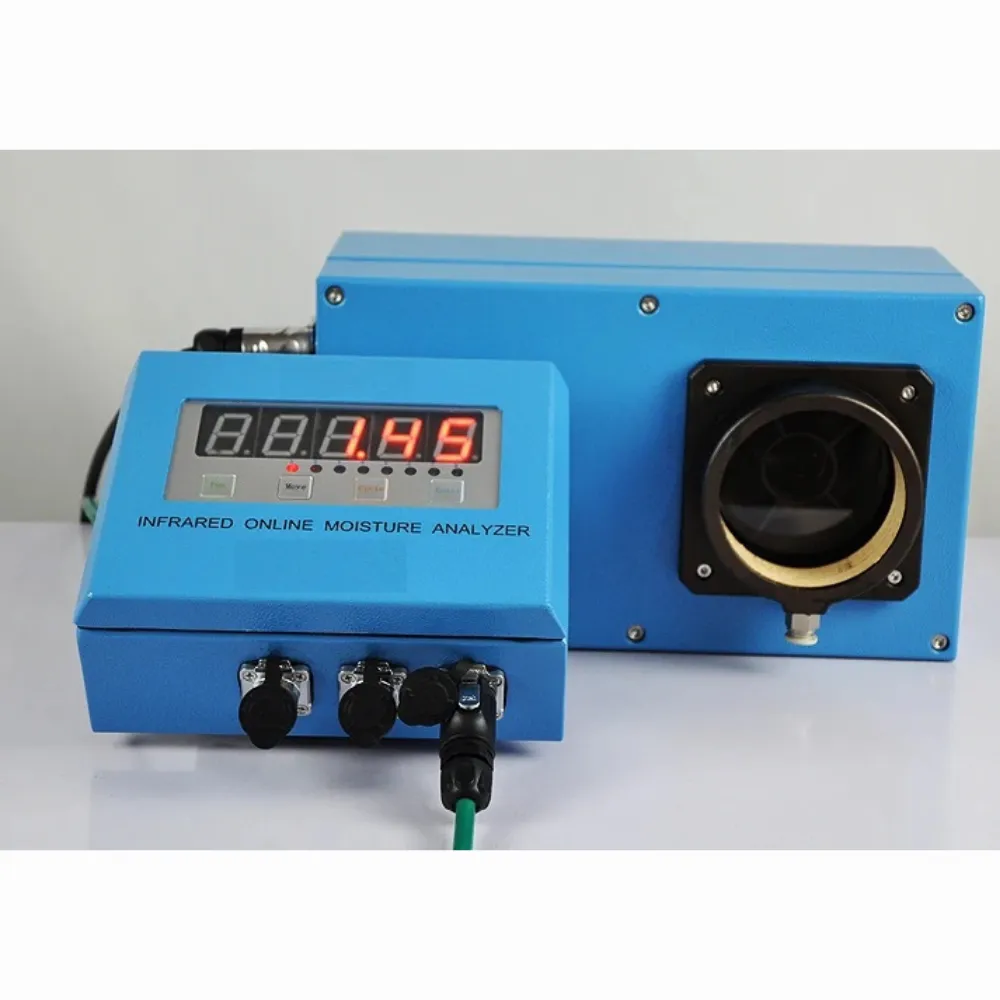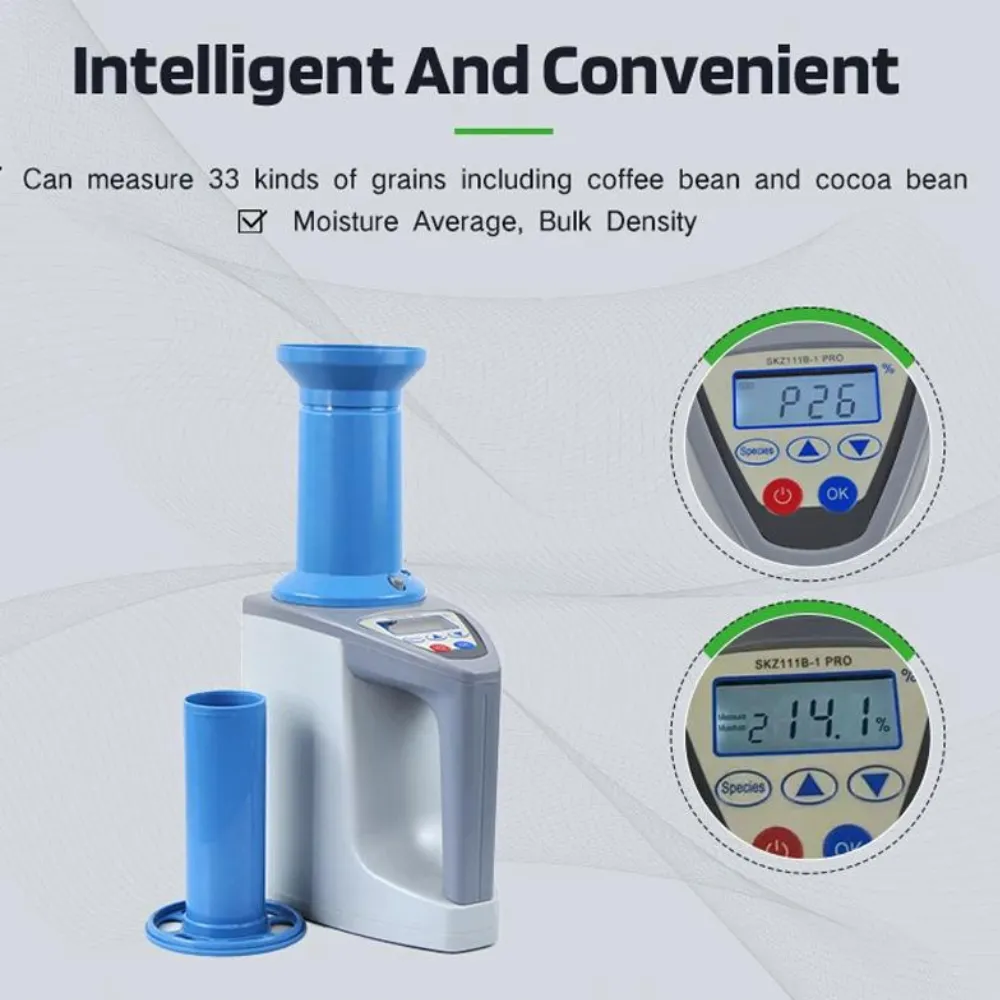
Key Features of Soil Moisture Meters
Table of Contents
Measurement Techniques: Direct vs. Indirect Methods
Soil moisture meters employ either direct or indirect measurement techniques. Direct techniques, such as the gravimetric or oven-drying method, physically measure the moisture volume in a soil sample by determining its weight. Indirect techniques measure variables affected by soil moisture to infer the available moisture in the soil, suitable for both laboratory and field measurements.

Display Type: Analog vs. Digital
The display type of a soil moisture meter significantly impacts its ease of use and readability. Analog displays feature physical dials, which are simple and straightforward but may lack detailed information. Digital displays are easier to read and can show more comprehensive data. It’s worth noting that analog meters do not require batteries, whereas digital ones do.
Probe Length and Accuracy: Depth Matters
The length of the probe affects the accuracy of soil moisture readings. Longer probes can reach deeper into the soil, providing more reliable data, especially for outdoor applications. For indoor use, a shorter probe might suffice. Ensuring proper probe installation and contact with the soil is essential to avoid measurement errors.

Additional Features: Enhancing Functionality
Many soil moisture meters come with extra functionalities that can be beneficial. Multi-function meters can test sunlight exposure or soil pH levels, which are valuable for plants with specific light and soil requirements. The ability to calibrate the meter for different plant needs can also provide more control over moisture readings, enhancing the accuracy and utility of the device.
Investment and Cost: Balancing Price and Performance
While more advanced soil moisture meters with additional features may be more expensive, they can offer better accuracy and functionality. It’s important to balance the initial investment with the expected life cost of the sensor, taking into account setup, operation, and maintenance expenses. Users should also consider the skill level required to operate the device, as some models may be more complex than others.
Indoor vs. Outdoor Use: Choosing the Right Tool
Consider whether you will be using the soil moisture meter indoors or outdoors. For indoor use, a smaller model with a shorter probe may be more suitable, while for outdoor use, a longer probe is recommended for deeper soil readings. Additionally, ensure that the device is approved for its intended environment to maintain accuracy and durability.
Comments
Tags
Frequently Asked Question
Direct techniques physically measure the moisture volume in a soil sample by determining its weight, while indirect techniques measure variables affected by soil moisture to infer the available moisture in the soil.
Not necessarily. While digital displays are often easier to read and can show more comprehensive data, analog displays are simpler, don’t require batteries, and may be sufficient for basic needs.
Longer probes can reach deeper into the soil, providing more reliable data, especially for outdoor applications. Shorter probes may be sufficient for indoor use or shallow soil measurements.
Consider features like the ability to test sunlight exposure or soil pH levels, calibration options for different plant needs, and multi-functionality. These features can enhance the utility and accuracy of the device for specific applications.

